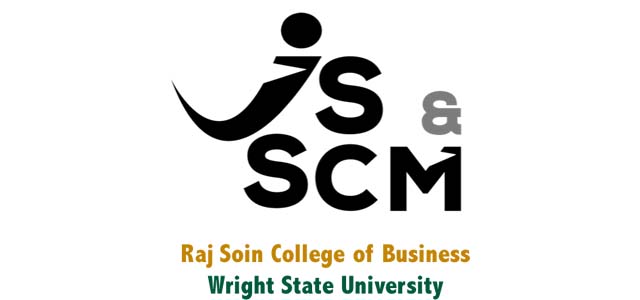Document Type
Book Chapter
Publication Date
2013
Abstract
The rapid advance of information technologies has produced a large amount of waste of electronic and electrical equipment (WEEE). WEEE or e- waste, refers to old, end-of-life (EoL) or discarded electronic appliances. The world produces 20 to 50 million metric tons of e-waste annually (Electronics Take-back Coalition 2009), of which China alone contributes 2 million tons. Each year at least 6 million washing machines, 7 million TV sets, 10 million PCs and 70 million mobile phones are discarded and the number increases at the rate of more than 10 per cent each year (Hung 2007), according to the report from the resource and environment comprehensive utilization department of the State Development and Reform Commission (SDRC 2006). Discarded electronic products contain a stew of toxic metals and chemicals such as lead, mercury, cadmium, chromium and polychlorinated biphenyls (Scott 2007) and cause great harm to the environment. Recycling and reusing e-waste are thus becoming an increasingly important global issue.
Repository Citation
Zhong, H.,
& Schiller, S. Z.
(2013). Exploring a Third-Party e-Waste Recycling System under the Extended Producer Responsibility Framework in China. Solving the e-Waste Problem: An Interdisciplinary Compilation of International e-Waste Research, 9, 137-147.
https://corescholar.libraries.wright.edu/infosys_scm/47



Comments
Published under a Creative Commons Attribution Non-Commercial Share-Alike (CC BY-NC-SA) License.